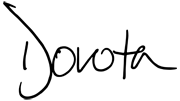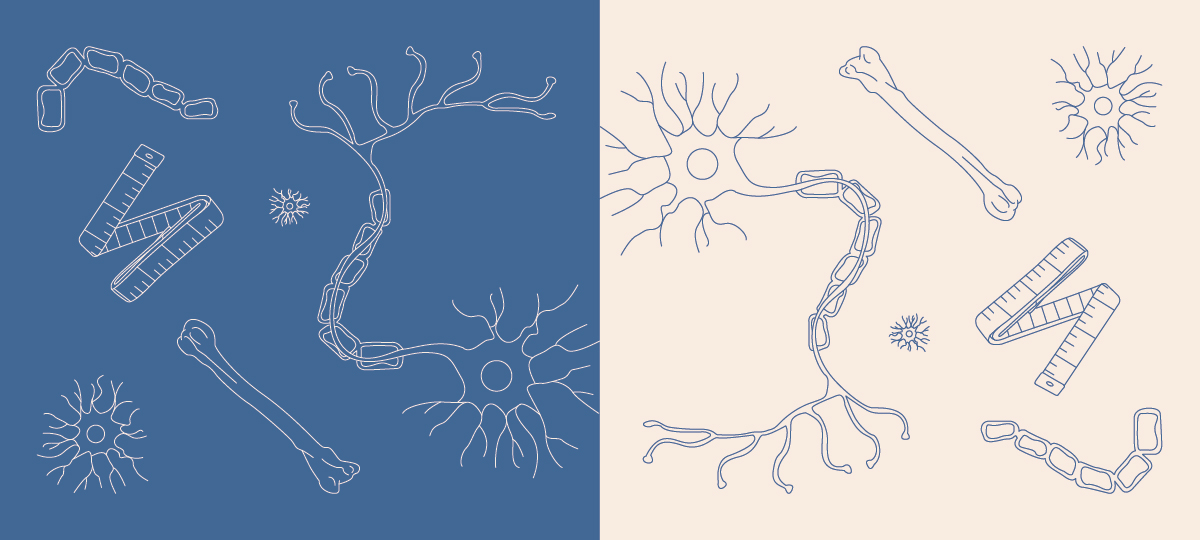Manual lymphatic drainage has slowly become popular in the beauty industry, however, there aren’t many guides to show you how to truly perform it correctly, let alone why it’s beneficial or what lymph actually is (it’s the fluid that carries waste products and cellular debris from tissues towards the heart to be filtered). The lymphatic system is a part of both the circulatory and immune systems comprised of lymphatic vessels, organs, ducts, and tissues-such as the nodes. It isn’t a closed system, meaning that it’s running on an endless loop of filtration and has no true end structurally. The vessels themselves run along your blood vessels, with a higher concentration around your head, neck, and groin. Lymph runs through the nodes prior to making its way back into the blood, and the nodes are lymphatic tissues that can be felt easily if you’re experiencing an infection or inflammation. If you’ve ever gone to your family doctor for possible strep as an example, they palpate just under your mandible (jawbone) to see if those nodes are swollen (and it feels like they’re choking you) to confirm one symptom of strep throat. Out of the 800 nodes spread around your body, which are more concentrated at the ‘creases’ such as the armpits, groin, and knees, 300 are located in your head and neck.
As extensive as the lymphatic system is, it all comes down to the final destination (but again, it’s always moving) prior to filtration, which is through the subclavian veins. These are located behind and underneath your collarbones (clavicles) and just above the first ribs.
The ‘manual’ component of manual lymphatic drainage is literally that – using your hands or tools to gently, manually push that fluid if stagnant, so it can filter properly. Athletes with acute injuries, people with lymphedema, or even you suffering from the common cold, are candidates to receive this technique as the outcome is pretty immediate. For today though, I’ll be talking about drainage to your face and neck as we really don’t spend enough time taking care of it in a deeper level.
Gua Sha is a part of Traditional Chinese Medicine (TCM) where practitioners use stainless steel, quartz or jade stone tools to scrape the body to induce trauma, to then create benefit. I definitely don’t want you causing bruising or this level of trauma to your face, but we can still use the same tools to achieve big results, on a much gentler scale. Performing gua sha to your face, you’ll notice the bags under your eyes have been minimized, your face feels more plump, your skin will become more clear and taut over time, and you might even notice phlegm run down the back of your throat. I promise this is a good thing!
After using a face oil or hydrating spray to make sure your face is slick enough, start using a gua sha tool, I personally use the Empress Stone from Wildling. Now to increase lymph movement, start by gliding the long edge of the tool (it should be more flat to the skin) from the back of your neck up to the base of your skull. All strokes should be slow, so take your time! After a few repetitions, do the same technique to the front of your neck, moving from clavicle to mandible. You might ask why I’m telling you to move the fluid up rather than down considering the fluid needs to travel down to your heart. Don’t fret. With this technique, we need to guide the overall movement of lymph of your head and neck as the vessels run, to encourage the lymphatic system to collect the cellular debris that’s stagnant up there, back down to be filtered. Think of it as an internal car wash, you’ll definitely be happy with end the results! Now to the face; using a curved edge of the tool, always start from the midline of your face, and gently glide along your mandible, zygomatic arch (cheekbone) and orbital ridge (brow bone) towards your ear and just below/behind your TMJ (Temporomandibular Joint) as there is a concentration of lymph nodes there. Using the short edge of the tool for your cheeks, start from either side of your nose and glide outwards between your mandible and cheekbone towards the ear again. For the forehead, you can glide from eyebrows up towards and slightly past your hairline. Some tools have a ‘teeth’ or ‘comb’ edge that you can use to ‘buff’ out any deep wrinkles. You can use this edge to gently buff like an eraser, perpendicular to the lines that are usually the deepest, like frown lines or nasolabial folds (laugh lines). When you’ve finished with the face, you will repeat the process on your neck, but this time moving downwards.
It’s highly recommended to do at least 3 passes on each section of the face and neck and it takes roughly 10 minutes to complete. It’s ideal to do this routine at least 3 times a week for optimal results. I perform this ritual prior to applying makeup for the day and I also include it in my sleep hygiene. For further guidance you can visit Wildling on their Instagram account @wildling_beauty as they frequently upload videos, or even check out their website www.wildling.com. You can also see a Registered Massage Therapist to provide general lymph drainage, or has completed additional training. I’ll be uploading a video on my Instagram page of this ritual soon!

Subscribe to our newsletter!
The medical information on this site is provided as an information resource only, and is not to be used or substituted for any diagnostic or treatment purposes. The information we provide is for general use. Always seek the guidance of your doctor or other qualified health professional before making any medical decisions.
If you think you may have a medical emergency, call your doctor, go to the nearest hospital emergency department, or call the emergency services immediately. If you choose to rely on any information provided by The Honesty Policy, you do so solely at your own risk.
